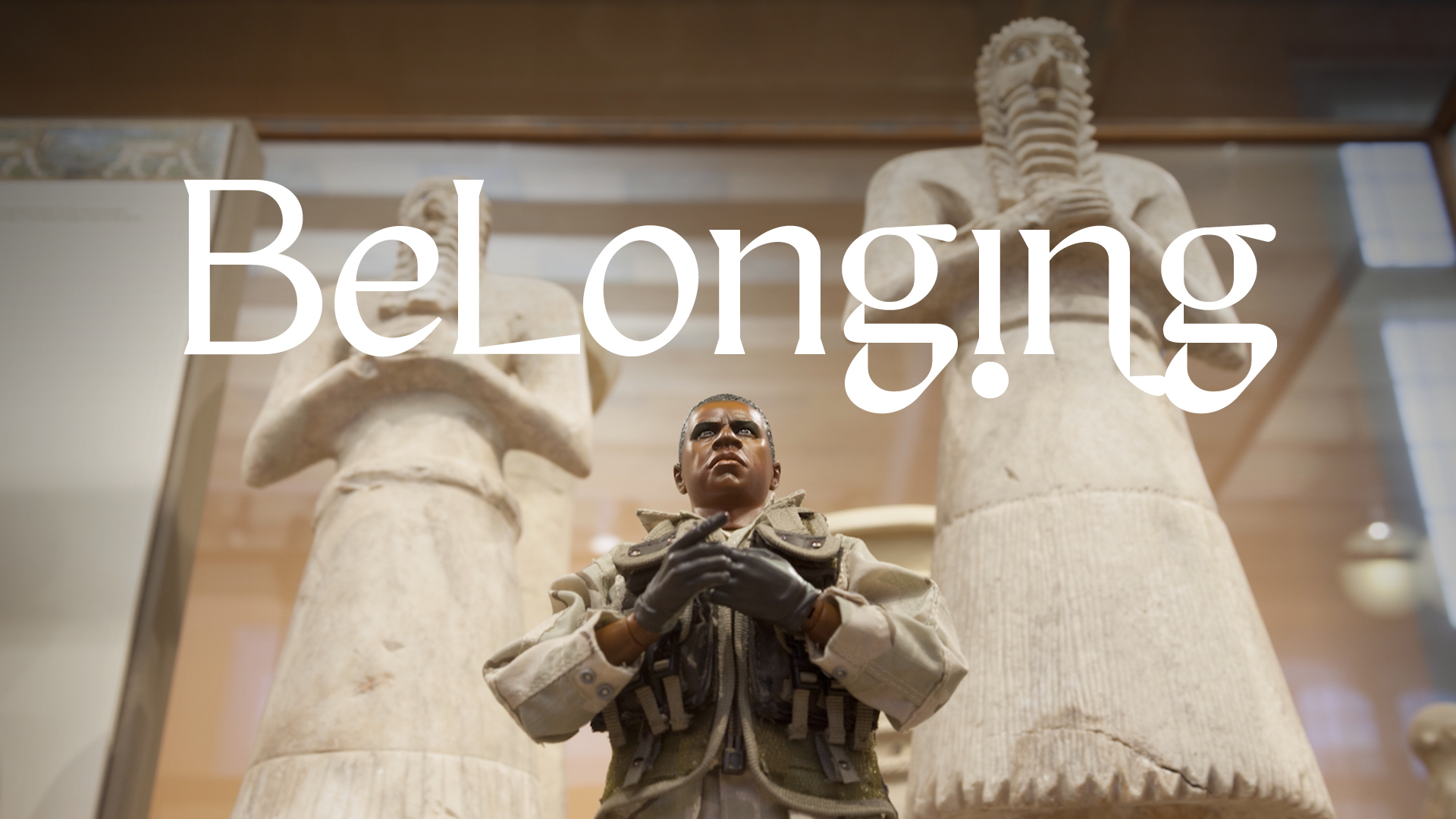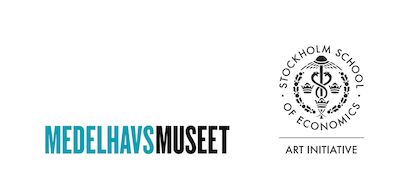BeLonging: Michael Rakowitz and the Mesopotamian collection

Mesopotamia was a region around the Tigris and Euphrates rivers, encompassing modern Iraq, parts of Syria, Turkey and Iran. It was among the first places where people began to settle in large numbers, around 12 000 BC, and earliest writing system – cuneiform– was developed there (ca. 3500 BC).
In the ongoing art project The invisible enemy should not exist, Rakowitz reconstructs objects that were looted from the National Museum of Iraq after the US-led invasion in 2003. Rakowitz calls these sculptures ‘reappearances’. He is not trying to recreate or replace what has been lost, but offers a placeholder, or blueprint. He sees them as ghosts, because like ghosts they can comfort those who miss them, as well as haunt those who have wronged them.
Rakowitz uses contemporary Middle Eastern food packaging and Arabic and Assyrian newspapers found in the USA as material for his sculptures. They reference cooking as something that reminds many of home and joy but also survival and cultural resistance. They also visibilize the people who eat and read, who have left or fled, the longing and belonging of people and objects in movement. Through the material, the sculptures also function as reminders of the lost Iraqi lives that did not receive as much public uproar as the lost artifacts during the war.
The video work The Ballad of Special Ops Cody on the big screen is also part of the exhibition. By the sound shower, the voice of war veteran Gin McGill-Prather in The Ballad of Special Ops Cody echoes questions asked silently by the objects: Who are you? Where are you from? Why are you here? Don’t you want to go home?
The exhibition is a collaboration between SSE Art Initiative and Medelhavsmuseet/Världskulturmuseerna curated by Ninhursag Tadaros.

"The voice of war veteran Gin McGill-Prather in The Ballad of Special Ops Cody echoes questions asked silently by the objects: Who are you? Where are you from? Why are you here? Don’t you want to go home?"
Featured works in the exhibition:
Michael Rakowitz, The Ballad of Special Ops Cody (2017). HD-video, 14:42 min. Courtesy of the artist.
Michael Rakowitz, The invisible enemy should not exist (2007-ongoing). 2 objects from cardboard, Middle Eastern packaging and newspapers, glue, museum labels. Courtesy of the artist.
Michael Rakowitz, May the obdurate foe not be in good health (2011-ongoing). 1 object from cardboard, Middle Eastern packaging and newspapers, glue, museum labels. Courtesy of the artist.
Featured Mesopotamian objects (loan from Medelhavsmuseet/Världskulturmuseerna):
MM 1956:106. Cylinder seal, rock crystal. The third Dynasty of Ur, c. 2100–2000 BC.
MM 1957:004. Cunieform tablet, lapis lazuli. Building inscription, Amar-Suen. The third Dynasty of Ur, c. 2046–2038 BC.
MM 1969:019. Cuneiform tablet, clay. Administration document, Umma. The third Dynasty of Ur, c. 2100–2000 BC.
MM 1970:033. Stamp seal, carnelian. Neo-Babylonian, Late 7th-5th centuries B.C.



